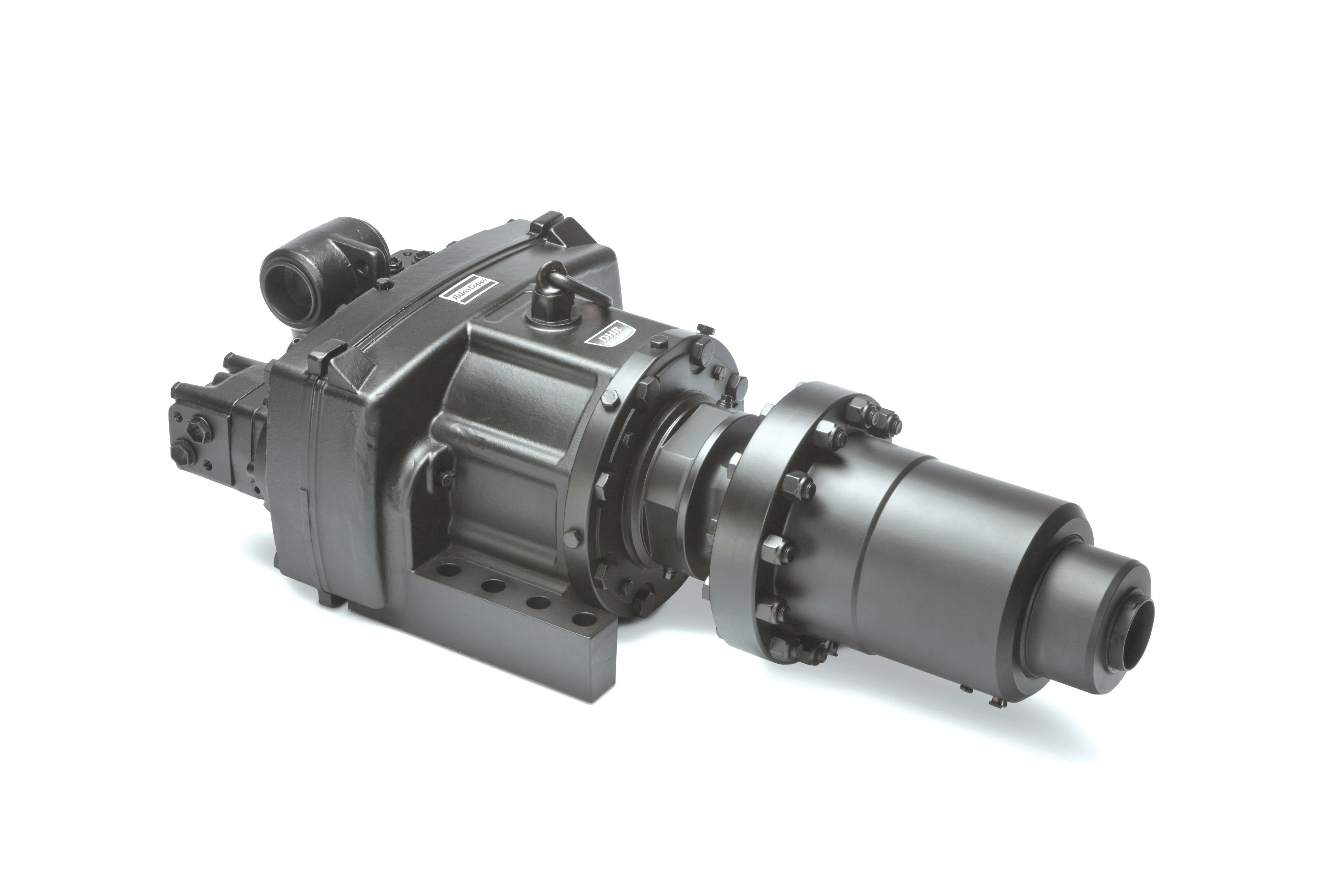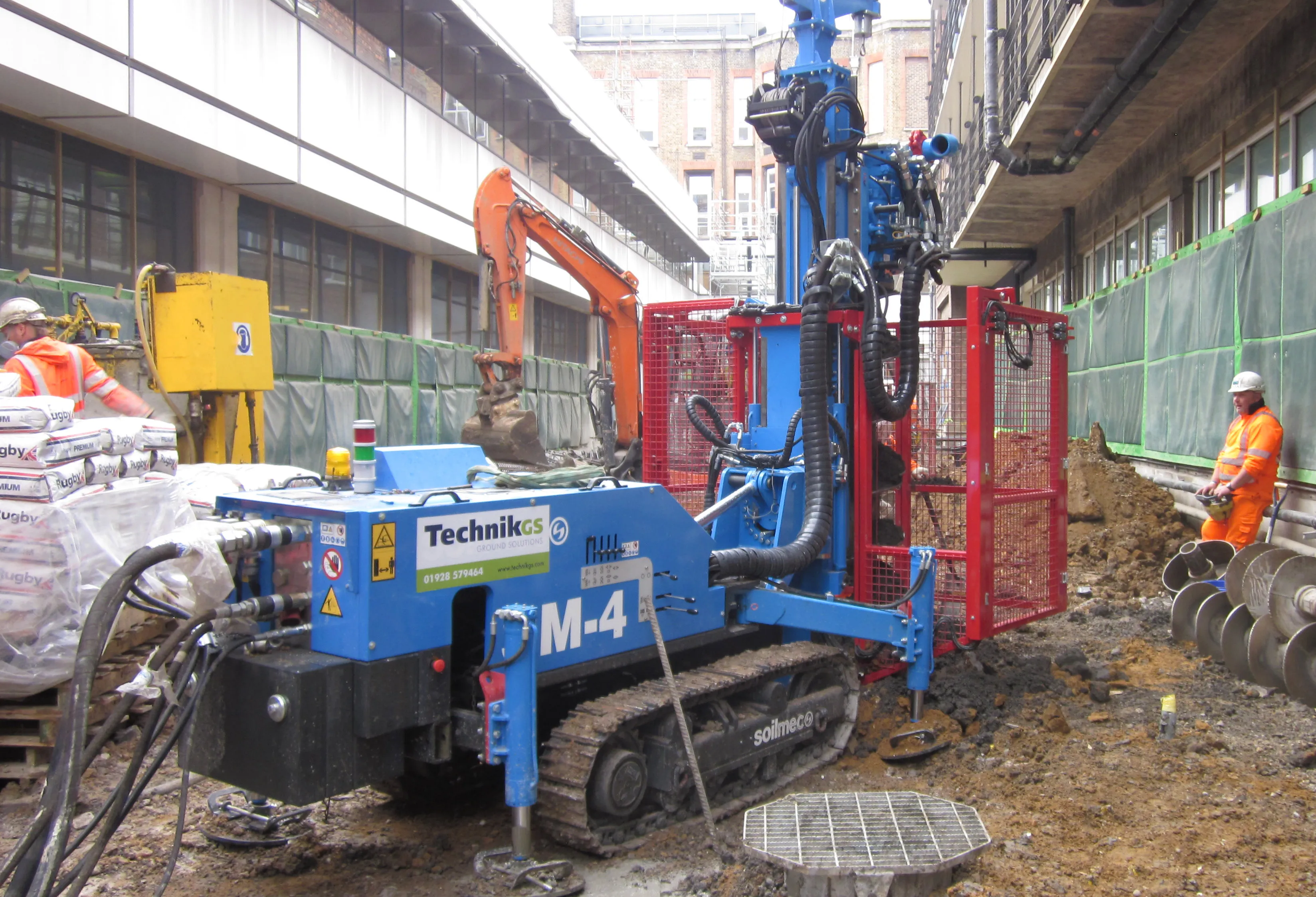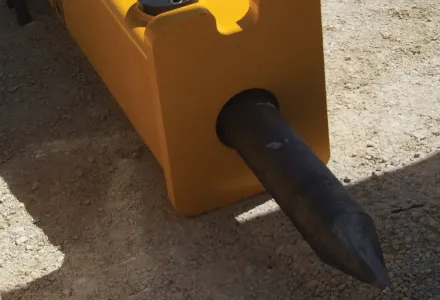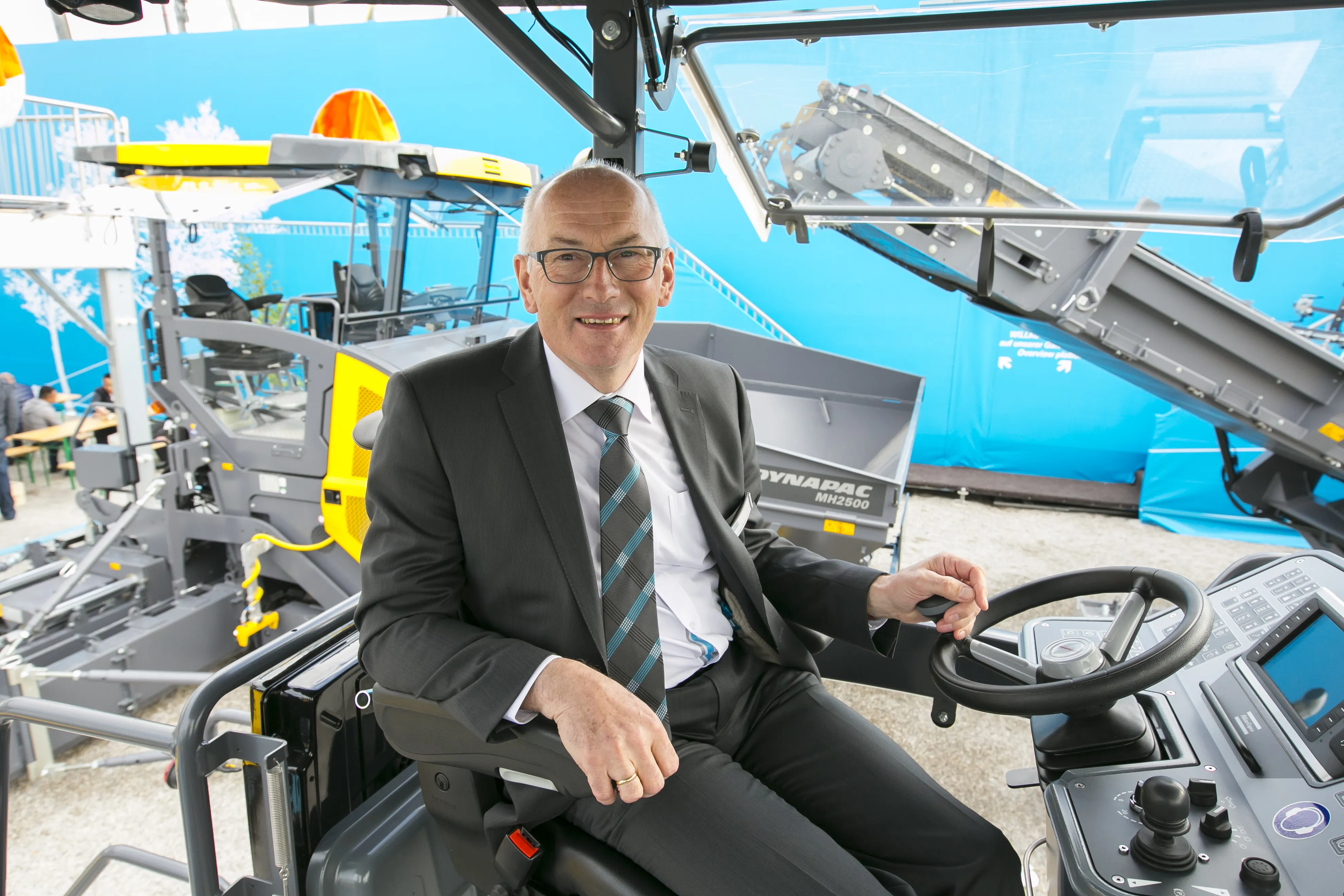A new series of rugged, hydraulically-powered rotation units for use with any type of DTH (down-the-hole) hammer in the 92-203mm range as well as ITH (in-the-hole) underground production work with Simba drill rigs, has been introduced by Atlas Copco. The DHR 6 is the latest unit in the company's well known DHR series and complies with demands for air pressure of up to 35 bar and a maximum torque of 6kNm. This means the unit will allow a DTH hammer to be run at much greater power, significantly accelerating
July 19, 2012
Read time: 2 mins

A new series of rugged, hydraulically-powered rotation units for use with any type of DTH (down-the-hole) hammer in the 92-203mm range as well as ITH (in-the-hole) underground production work with Simba drill rigs, has been introduced by 161 Atlas Copco.
The DHR 6 is the latest unit in the company's well known DHR series and complies with demands for air pressure of up to 35 bar and a maximum torque of 6kNm. This means the unit will allow a DTH hammer to be run at much greater power, significantly accelerating the drilling rate.
"In addition, the DHR 6 has been improved for maintenance and serviceability. Air inlet seals can be more easily replaced and there are inspection holes and hatches for checking possible oil leakage," says Atlas Copco.
The unit is mounted on the Atlas Copco surface crawler rigs ROC L625, ROC L630, ROC L825, ROC L830 and is also suitable for all Simba ITH production drilling rigs.
The DHR 6 is the latest unit in the company's well known DHR series and complies with demands for air pressure of up to 35 bar and a maximum torque of 6kNm. This means the unit will allow a DTH hammer to be run at much greater power, significantly accelerating the drilling rate.
"In addition, the DHR 6 has been improved for maintenance and serviceability. Air inlet seals can be more easily replaced and there are inspection holes and hatches for checking possible oil leakage," says Atlas Copco.
The unit is mounted on the Atlas Copco surface crawler rigs ROC L625, ROC L630, ROC L825, ROC L830 and is also suitable for all Simba ITH production drilling rigs.









